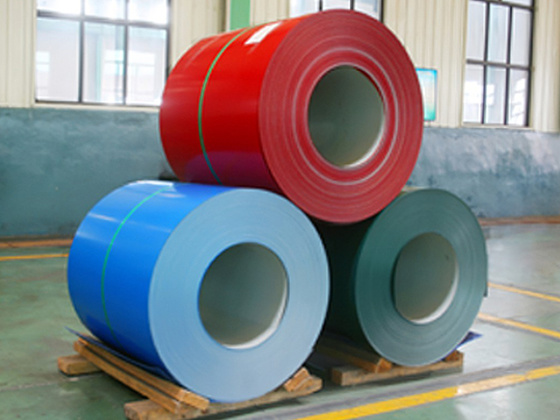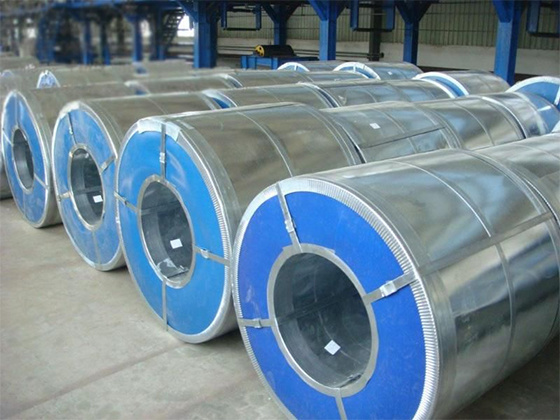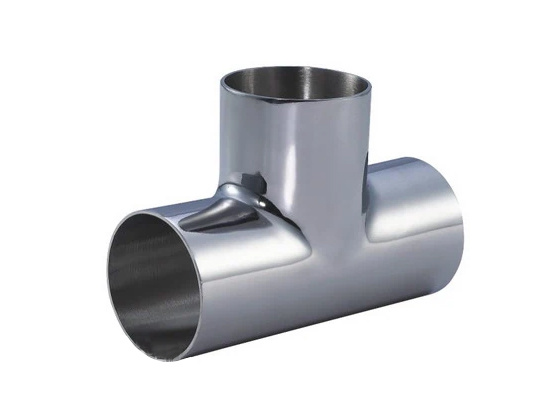Contact Us
E-mail:
sunjiyang@meidexiang.com
Tel/Wechat/WhatsApp:
+8618633701166
Tel/WeChat:
+86-13663271100
Address:
Hope New District, Mengcun, Cangzhou City, Hebei Province, China (East of Lijiapu Bridge, Cangyan Road 283)

Steel plate
- Product Description
-
Steel plate is a flat type of steel material that has a wide range of applications in various fields such as construction, machinery manufacturing, automotive industry, and shipbuilding. Here is a detailed introduction to steel plates:
Classification of steel plates
Classification by thickness
Thin plate: Generally has a thickness of less than 4mm, with the thinnest reaching below 0.2mm. Common tinplate is a type of tin-coated thin plate, often used for making canned food boxes, candy packaging, etc.
Medium plate: Thickness ranges from 4mm to 20mm. This type of steel plate is commonly used in construction and machinery manufacturing, such as for making connection plates for beams and columns in building structures, as well as some box structures in machinery.
Thick plate: Thickness greater than 20mm, with some thick plates reaching over 100mm. These are often used in structures that bear significant pressure or impact, such as the piers of large bridges and the bases of heavy machinery.
Classification by production method
Hot-rolled steel plate: Made by heating steel billets above the recrystallization temperature and then rolling them. The surface quality of hot-rolled steel plates is relatively poor, with oxidation scale, but they are cheaper and commonly used in applications where surface quality is not highly demanded, such as in construction structures and pipelines.
Cold-rolled steel plate: Further rolled from hot-rolled steel plates at room temperature, resulting in better surface quality, higher dimensional accuracy, and relatively higher strength and hardness, but at a higher price. Commonly used in automotive manufacturing, electronic device manufacturing, and other fields that require high surface quality and dimensional accuracy.
Classification by material
Carbon steel plate: Mainly composed of iron and carbon, classified into low carbon steel, medium carbon steel, and high carbon steel based on carbon content. Low carbon steel has good toughness and is easy to process, commonly used for making various structural components; medium carbon steel has higher strength and can be used for making parts that require certain strength and toughness, such as gears and shafts; high carbon steel has high hardness and wear resistance, commonly used for making tools and measuring instruments.
Alloy steel plate: Contains one or more alloying elements such as chromium, nickel, molybdenum, titanium, etc., added to carbon steel to enhance the performance of the steel plate. Alloy steel plates have high strength, high toughness, high-temperature resistance, and corrosion resistance, commonly used in high-precision fields such as aerospace and national defense, such as for making aircraft landing gear and rocket shells.
Performance characteristics of steel plates
Strength: Steel plates have high strength, capable of withstanding significant pressure and tension, with varying strength depending on material and thickness. When selecting steel plates, it is necessary to determine the appropriate strength grade based on specific application scenarios and load requirements.
Toughness: Refers to the ability of steel plates to absorb energy without breaking when subjected to impact loads. Steel plates with good toughness are less likely to fracture under external impact, maintaining better integrity.
Ductility: Steel plates have a certain degree of ductility, allowing them to deform to some extent without breaking. This enables steel plates to be shaped into various parts through processes such as stamping and stretching during manufacturing.
Weldability: Most steel plates have good weldability, allowing them to be connected with other steel or metal materials through welding processes to form complex structures. Steel plates with good weldability are less likely to develop cracks, pores, and other defects during welding, ensuring welding quality.
Corrosion resistance: The corrosion resistance of steel plates varies by material. Carbon steel has relatively poor corrosion resistance, while certain alloying elements in alloy steel plates can enhance their corrosion resistance. In harsh environments, such as humid or acidic and alkaline corrosive environments, it is necessary to choose steel plates with good corrosion resistance.
Application fields of steel plates
Construction industry: Used to manufacture steel structural frames, roof panels, wall panels, bridge structures, etc. The high strength and stability of steel plates ensure the structural safety of buildings, while their processability allows for more diverse architectural designs.
Machinery manufacturing: One of the main materials for manufacturing various machinery and equipment, such as the bed and worktable of machine tools, the body and chassis of automobiles, and the frames of agricultural machinery. The diversity of steel plates can meet the material performance requirements of different machinery.
Automotive industry: Many components of automobiles, such as the body, frame, and engine parts, rely on steel plates. With the development of automotive lightweighting, the application of high-strength steel plates and advanced high-strength steel plates is becoming increasingly widespread, improving vehicle safety while reducing weight, thus enhancing fuel economy.
Shipbuilding: The hull, deck, and bulkheads of ships are mainly made of steel plates. Since ships navigate in water, they need to withstand significant water pressure and wave impacts, thus requiring high strength, toughness, and corrosion resistance from steel plates.
Energy industry: In the fields of electricity, oil, and natural gas, steel plates are used to manufacture various pipelines, storage tanks, pressure vessels, etc. These devices need to withstand high pressure and temperature, so it is necessary to select appropriate steel plate materials and thicknesses to ensure safe operation.
Hot Tags:
Inquire Now
Note: Please leave your email address, our professionals will contact you as soon as possible!





